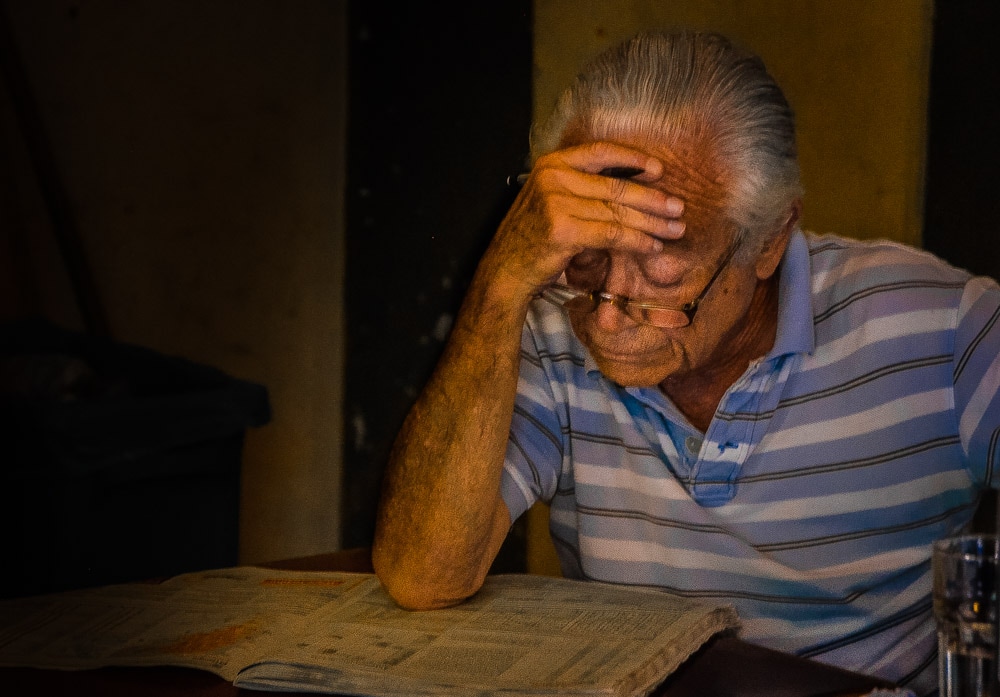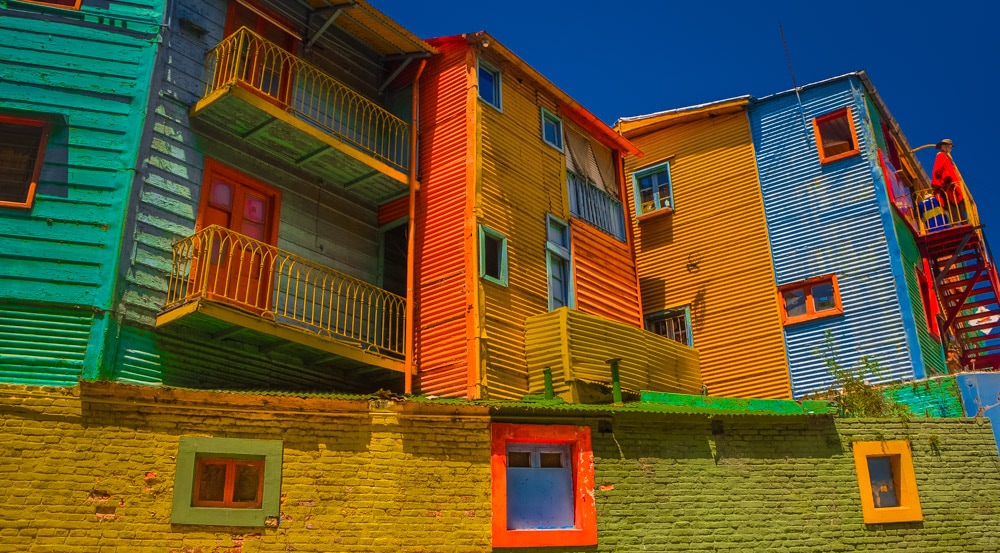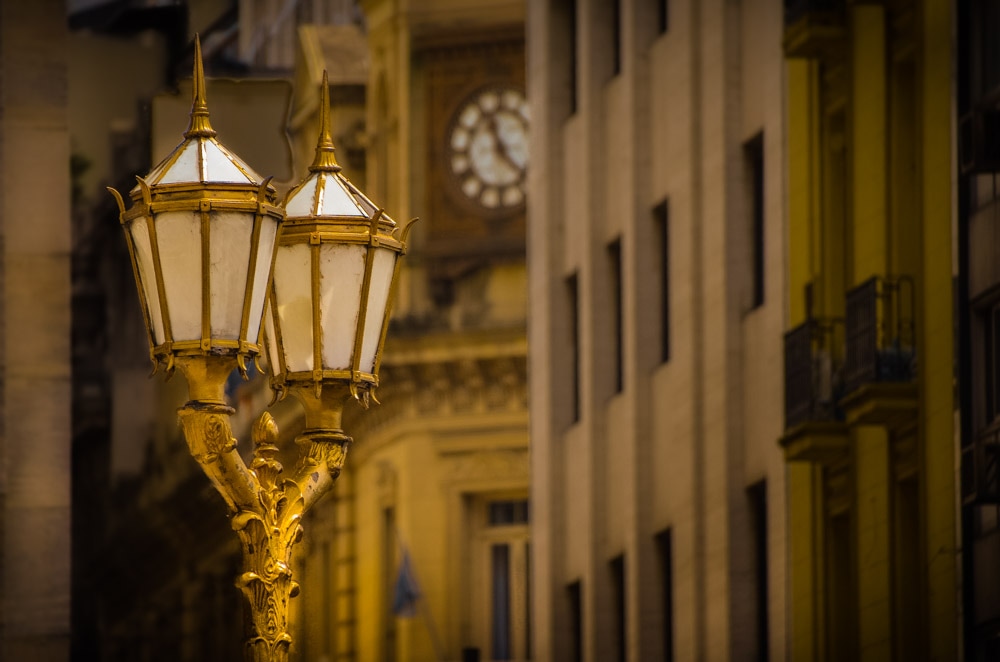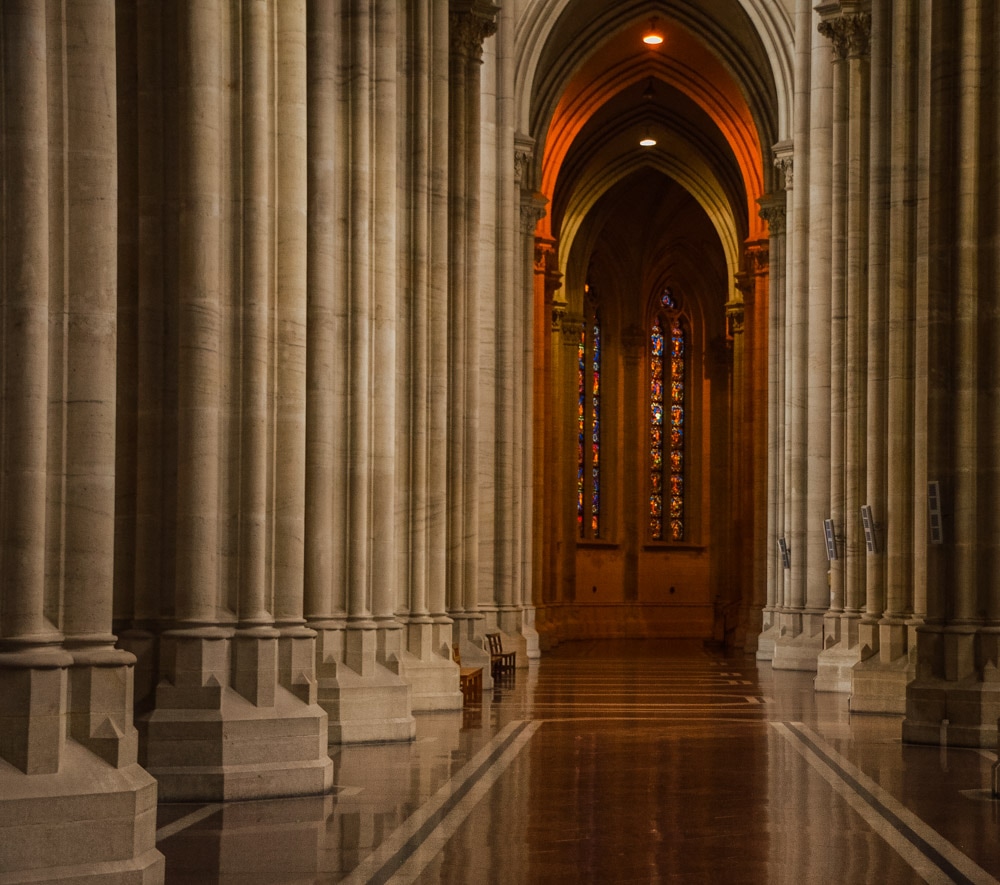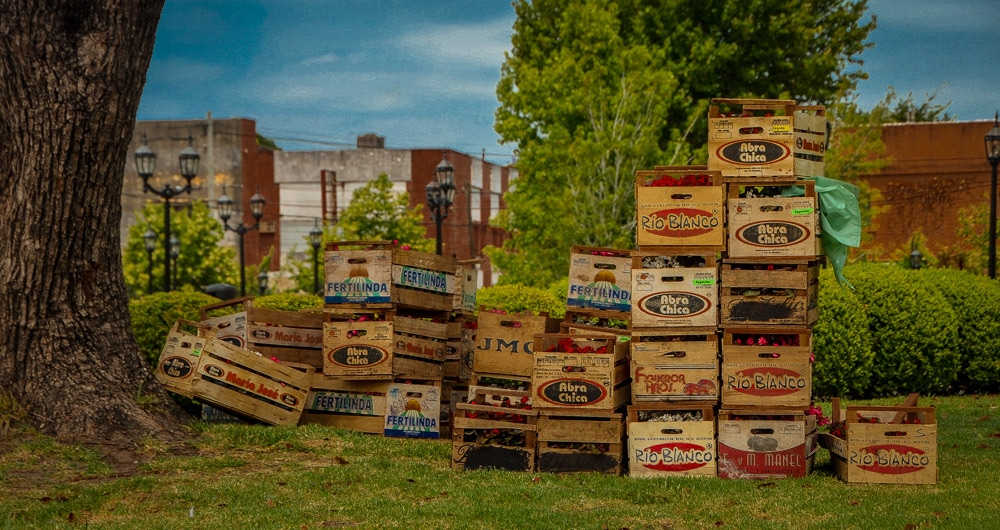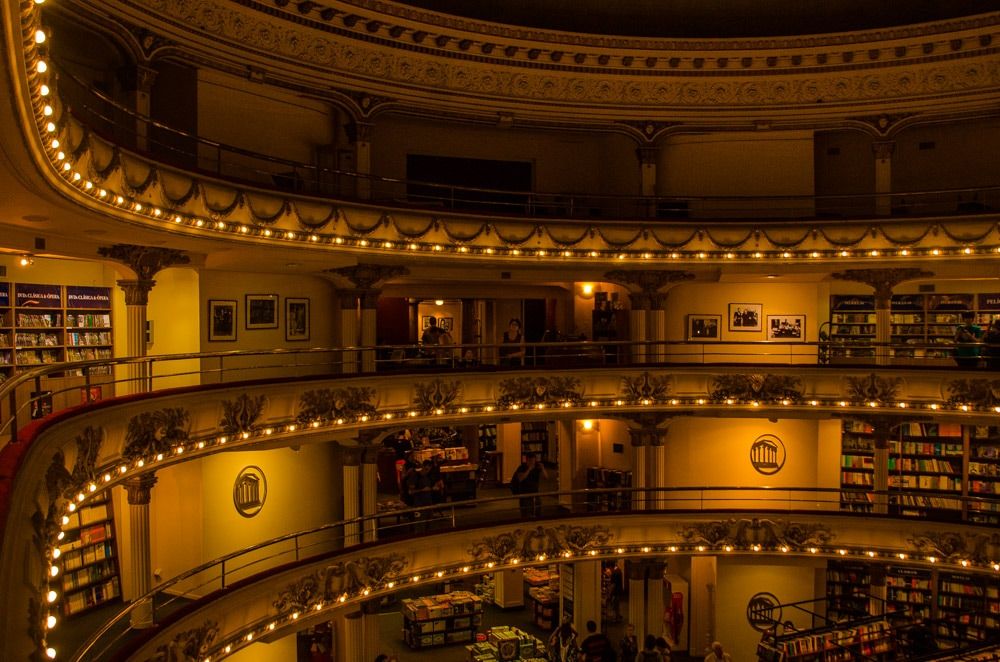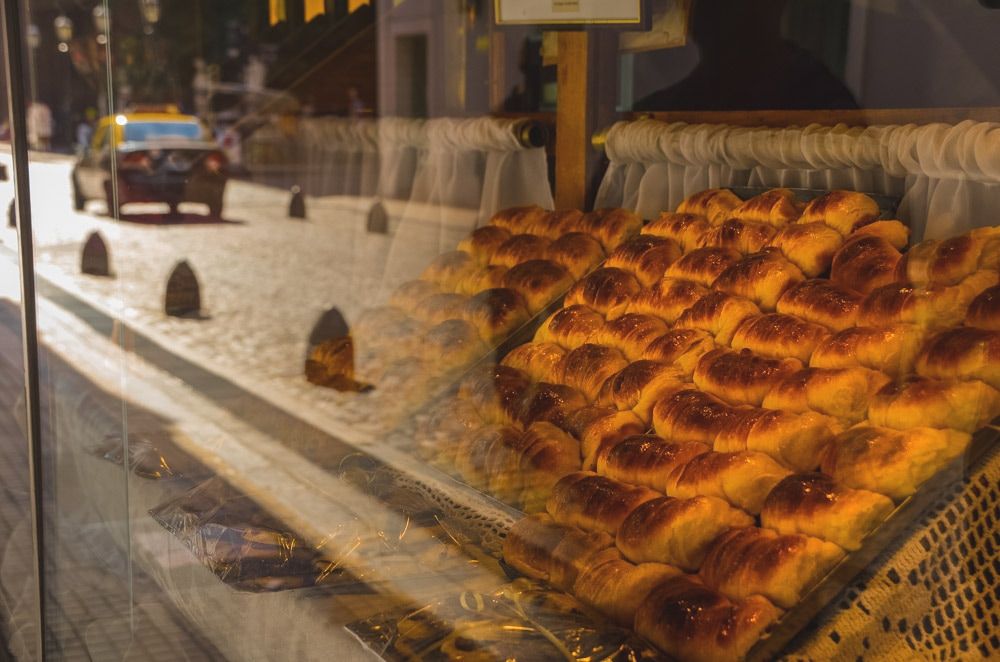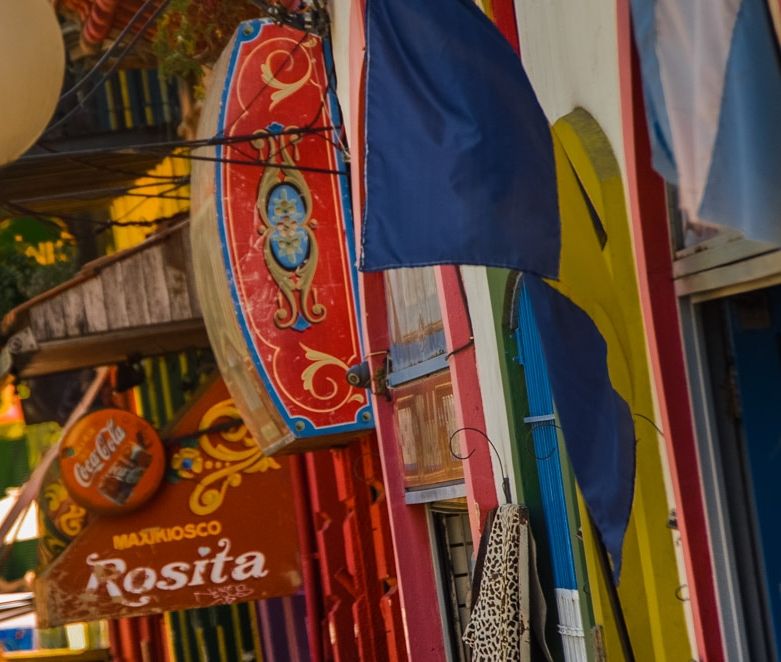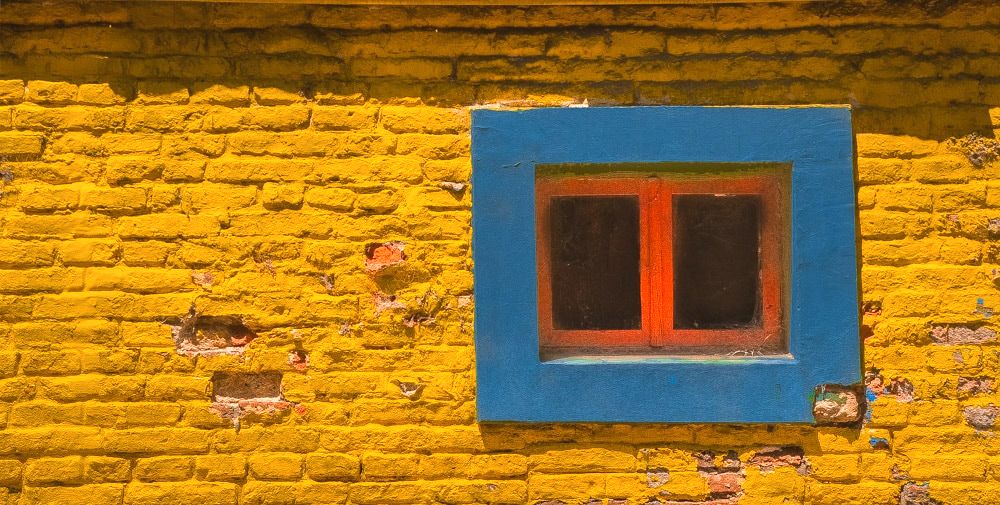We are not the makers of history.
We are made by history."
-Martin Luther King, Jr, minister, activist, revolutionary thinker
January, 2016 - As I began writing this journal entry discussing last January 's goings on, I could hear waves breaking continuously against the desert sands of Sinai’s shore in Egypt. The grainy, windswept flats of the beach upon which I sat quickly gave way to starkly pointed, rocky peaks of the mountains behind me, creating a stripe of pale sand between the sapphire sea and the rust-colored range. It was here that I called a hut my home for several days before moving north to the Hashemite Kingdom of Jordan and its famed “rose-stone city,” Petra.
The wind was forever blowing from the Red Sea in Egypt, forced and funneled between the V-shaped mountain ranges formed by the Arabian Peninsula on the other side of the sea and Sinai Peninsula where I resided. The gusts perpetually churn the deep-blue surf where beneath the surface densely inhabited, vibrantly varied reefs team with life not twenty feet from my palm leaf-walled hut’s threshold.
I’m embarrassed to say that I had no idea how enormously special the marine ecosystems are in this part of the world, how delicate and diverse are the coral forests, or how mesmerizingly beautiful. Snorkeling in Sinai was awe-inspiring, even with the very limited experience I had of it. So many colors and shapes in a radiant display of diversity captivated me as I swam in the abundantly salty sea.
A large debt of gratitude is owed to the creators of the camp where I stayed. Nestled in Egypt’s Bedouin country, “Dayra Camp” functions as an eco-minded haven from the chaos of the world. Life is simple there, and the people are open, warm, caring, and less prone to become lost in the minutia of modernity. I felt so privileged to be there, and I wanted to make sure they were recognized for their generosity before I continued on to the main subject of this entry.
It was long before Sinai and Petra (almost one year before, to be specific) that I was on the other side of the world, swapping both hemispheres from northeast to southwest. Rather than a desert in the Middle East, my time was spent in the mega-cities of South America. Last I wrote for the blog I detailed my time in Uruguay’s Montevideo before eventually crossing the dividing Rio de la Plata into Argentina’s capital: Buenos Aires.
Buenos Aires is a city with so much to offer, and my shutter button wound up getting its fair share of use. The city has spawned from so many different districts, neighborhoods, and city-sectors and it was a photographic challenge to know when enough was enough. That said, I worked hard to represent the various faces of the city and hopefully didn't overdo it.
Our time in Buenos Aires began with Daniel’s reintroduction to his dear friend Pablo, who lives in a lovely, smaller city south of Buenos Aires called La Plata.
La Plata (translates to "Silver" from Spanish) is a Free Mason-designed, geometrically perfect pueblo (see the aerial view above) with one of the most beautiful churches I have ever seen. Giant, regal columns soar high and line the shining, polished floors crowned with masterful stained-glass windows and painstakingly carved wooden framework. It was amazing and majestic, almost a storybook kind of epic.
Pablo (accompanied by his delightful lady Miranda) guided us around the mathematically meticulous streets that concentrically center around the church in regular right-angled roadways, giving us the opportunity to see the pieces of the pueblo that make it home for so many people. Zoos, parks, outdoor stone amphitheaters, market streets, cafes, and a seemingly endless grid of one-way streets speckled with respectably artistic spray paint works in pleasant contrast to the city layouts intended grandeur. It all added color to La Plata’s character.
We shared fantastic foods: homemade empanadas, specialty Argentine pizza, milanesa neopoliana, gourmet ice cream (more than once), fresh-baked breads, local biscuits, and chicken baked with regional vegetable and spices. This couple was inspiring in how much they gave of themselves.
Professionally, both work as doctors. In the USA, I am accustomed to doctors generally making big money and having a certain social celebrity-ship built into their career. But things work quite differently in Argentina.
Due to higher taxes (starting around 30%, I believe), healthcare is made almost entirely available to the public for nominal on-the-spot payments that are shockingly affordable. There are a few private practices here and there, but they are expensive and surprisingly quite limited in their skill sets, often recommending their patients go elsewhere to seek the higher quality care at public centers instead. This system also means that in surrounding countries people who suffer from ailments and cannot afford service in their local nations will flock to Argentina just to receive medical attention on a budget. Because of this, there is very little glory in doctoring, which itself is all but exchanged for a substantially heavy workload attached to long, arduous doctor’s days. Queues are endless and the pay is not glamorous. Fortunately, Pablo and Miranda are not only commendably skilled at their jobs, but they also love what they do with a healthy passion. They both specialize in pediatrics, but to make ends meet they work at three different hospitals each, and sleep less than anyone I have ever met. I really admire them for that.
When he wasn’t saving children’s lives, Pablo would graciously and thoroughly make our visit so worthwhile. After seeing La Plata, he took us for a turn around the fabulous Palermo neighborhood near downtown Buenos Aires, featuring grand parks and splendid gardens near a fair share of world-class museums. However, my favorite fixture was the result of an old, strikingly gorgeous and elegantly draped classical theater-turned-bookstore: El Ateneo.
The word "Ateneo" refers to an ancient temple of Athena, a building sacred to the goddess of reason, intelligence, literature, and the arts. It serves as a gathering place for the learned and the learning.
The entire abandoned theater was opened in 1919, and was converted in to a multi-level, lavishly indulgent bookstore after the new millennium, where private booths serve as quiet reading areas and the dark-stained wooden stage hosts a classy café.
Fresco-adorned and decadently decorated, this splendid structure only further inflamed my passion for bookstores and libraries as some of my most preferred public places. Phenomenal plaster-work on the walls and heavenly, Italianesque murals on the ceiling of El Ateneo add to a softly lit ambiance as theater bulb lights line the white balconies and the polished stage. And above, an honest-to-goodness, plushly perfect red velvet curtain is eternally poised open for the show to go on.
The entire abandoned theater was opened in 1919, and was converted in to a multi-level, lavishly indulgent bookstore after the new millennium, where private booths serve as quiet reading areas and the dark-stained wooden stage hosts a classy café.
Fresco-adorned and decadently decorated, this splendid structure only further inflamed my passion for bookstores and libraries as some of my most preferred public places. Phenomenal plaster-work on the walls and heavenly, Italianesque murals on the ceiling of El Ateneo add to a softly lit ambiance as theater bulb lights line the white balconies and the polished stage. And above, an honest-to-goodness, plushly perfect red velvet curtain is eternally poised open for the show to go on.
Back on the streets of Palermo, truly humongous boulevards mix with colonial, contemporary, and European-inspired facades of Avenida 9 de Julio, San Martin, de Mayo, San Telmo, the waterfront, and the rest of El Centro, all of which became more and more familiar to me the more I saw.
Our time in the South American super-city was further enhanced when we met up with another friend of Daniel’s, the adventurous and upbeat Jorge (and at the time a recently new father! Felicidades, Jorge!).
Working as a tour guide throughout South America has granted Jorge a great deal of knowledge and trivia which all lends meaning to a great stretch of streets and skyscrapers.
El Centro was vivified with a better historical context through Jorge's stories, citing the processions and protests that took place, the political moves that played out, the recent revolution in Plaza de Mayo (Plaza of May) in front of the Presidential Office of the Casa Rosada (the Pink House), and the response of the people all the way back before the glamorous and polarizing Evita.
Blockades and police fences still encircle the squares, reminding everyone that there is still a used for them.
He also introduced us to some of the oldest buildings in the city, describing the Buenos Aires of old and how it came the city we know today.
We briefly attended a summer-long community beach party in a manufactured multiplex for local people to sit beside the river and sun on imported sand, engage in group dances, and feel on vacation in their own neighborhood.
Lastly, but unforgettably, he took me to the colorful and legendary La Boca, named "The Mouth" for its position at the entrance to the Rio de la Plata. With its chromatically crazy constructs and tango-inlaid backstory by the docks, it holds within its alleyways and back lanes the legends of great poets, dancers, and other artists who helped shape Argentina's culture, as well as the world's.
While we were initially trying to find Jorge before our first rendezvous, we jettisoned ourselves to the nautically-minded El Tigre (meaning, "The Tiger"), a vaguely Venetianesque part of outlying Buenos Aires with canals criss-crossing the community, where boats take the place of cars, and a fairy-tale, castle-like gallery is perched on the canal's shore, complete with outdoor chandeliers, columned walkways, and graceful arches under vaulted walkways. And, more than once, we ate the terribly delicious and tantalizingly soft medialunas, sweetly coated crescent rolls, a specialty and a highly desirable treat.
My last days were spent preparing for and later processing the interview we shared with a family in the suburbs just across the way from the city boundary of Buenos Aires.
Agustina and Francesca (at 11 and 8 years old) were two effervescently adorable darlings who were willing to have us crash their summer splash party in their built-in, backyard pool. They and their parents graciously invited us to join them for a day of watery fun and a traditional, Argentine parrilla.
Now, previously when I imagined the famous Argentine grill-out, I pictured thick, juicy, steaks sizzling on a backyard barbecue. Many know that the country is renowned for their superior beef products, and I naturally assumed that they would most highly prize the same cuts that I had in the US.
Not so, I’m afraid… Paired with a green salad and expertly roasted potatoes, the chef (customarily the man of the house) was laid out a very different feast for us to enjoy.
Young Agustina told me how, in years past, the steaks and rib-eyes that I was accustomed to consuming in the USA were sold for profit, and the remaining innards and leftovers were all that could be spared and what would be cooked and eaten by local families. Now, the fist-sized cow kidneys, small and large intestines, and other bits are the most expensive to buy in Argentina. Meaning it was a generous honor to be invited and to partake of their meal.
I had never tried most of what was there, and while some was more odd than enjoyable, I was surprised how much I indulged in some of the fattier pieces! Some slices, in all good humor, I might not sample again...
As we ate our hearts out (and the cow's) in the custom-built, outdoor grill house, I continued to ask the girls questions about what comprises their lives and what holds meaning for them. It’s almost always enlivening to hear the world’s youth talk about their passions and dreams, as we frequently do for the non-profit we support (click here for more information).
Fran is keen to roller skate on the street. She is starting to learn tricks, and to do some dancing, and has been skating for two years. Agustina has taken to gymnastics, since she was five years old, specifically the balancing beam. She was very excited (as was I!) about the Olympics coming the following summer. She competes, and even won a second place position. They seem rather accomplished in their academic studies, and it looks like college waits for them in their future (something quite lofty and rare in must of Latin America). Huge pushes have been made in the past (as far back as the mid 1800’s) to make both a more impressive and mandatory the education system in Argentina, which is structured after European and US American school systems. There are state colleges that are entirely paid for by the government, but citizens pay a hefty tax (compared to the US, but really rather slight, in respect to some European countries) to see it happen. The education at these public universities was described to me as "not the best, but they do well enough." Private colleges are still paid predominantly by student tuition. But the accessibility to higher education without a restrictive price tag left me remembering the enormous financial weight my US college education carried.
As I continue to learn about other cultures and what they offer or lack, I see so much opportunity for everyone in every part of the world. In each country I visit, without exception I see places where we as a society excels, and other places where we could do better. It’s my hope that we can learn from and about each other, share, and exchange of ourselves to enable others to lift themselves up through collaboration and constructive friction. Especially now.
So many nations are in a rough patch, including my own. It just seems obvious to me that working towards compromise and cooperation is the way to go. Yes, you and I will have to give something up to gain something else. But that’s how society works. It’s called “working together” because it takes WORK. It can and likely will be difficult, dreary, draining, and even destructive, but the rewards can be rich, and none of us can do what we need to as humans on our own. We need each other. I think it might be better if we strive harder to remember that.
It was at this junction in our journey that Daniel and I had run into a few opportunities where we could learn more about cooperation and working together. For various reasons, I wanted to take the wilder road down south through the rugged Patagonian regions of southern Chile and Argentina. To partake of the culture there, I felt, would enrich my own experience as a traveling photographer as well as grant me a greater understanding of the country's character for the non-profit. Daniel, on the other hand, had his own reasons to stay in Buenos Aires until we would rejoin in further down the road.
I invested a great deal of energy in planning my routes, ever-limited finances, and activities and was finally confident with my agenda. When the time came to part ways, however, we had a very emotional time saying goodbye. I think we both were able to see things a little clearer, because of the challenges that led us to part ways.
Daniel proposed and I agreed that we shorten our separation. The month-long solo journey would be more than halved, and he would instead meet me halfway through Patagonia. Relief and anticipation replaced the sense of sadness and longing.
I boarded the bus alone with tears wetting my cheeks and turned south, looking ahead to the iconic wilderness and the adventures that awaited me in the naturalistic wonderland of Patagonia.
Explore the world. Make it better.
If you in any way enjoyed this post, or for information how to help us on our way, see our How to Help page for links, videos and more.
Like the photography?
There is more to see than a post has room for!
Click the links and take a gander at our internal gallery or Instagram account!
LOVE it? Visit Daniel's store here!
There is more to see than a post has room for!
Click the links and take a gander at our internal gallery or Instagram account!
LOVE it? Visit Daniel's store here!
So... Where were we????











